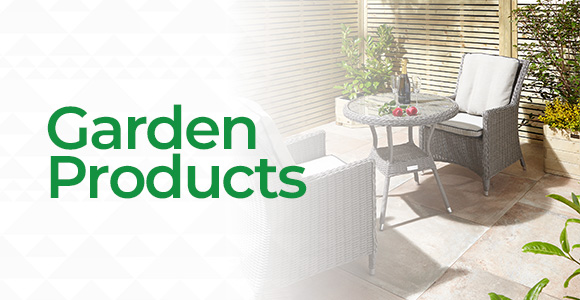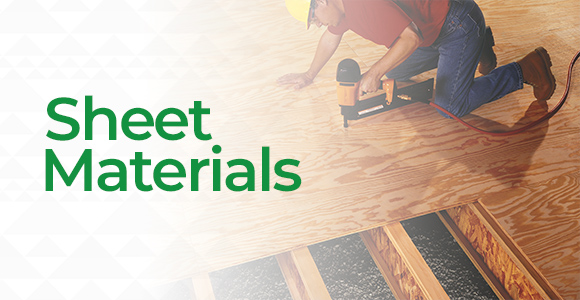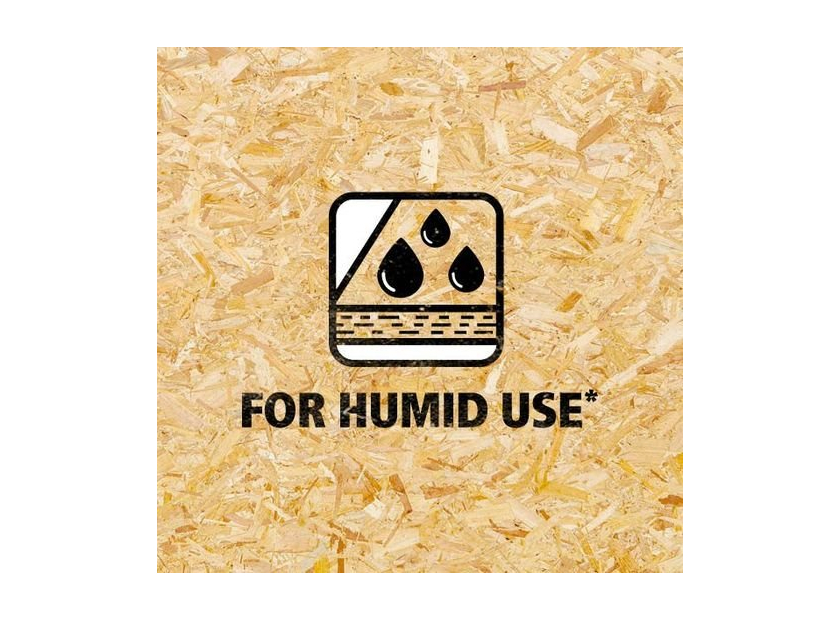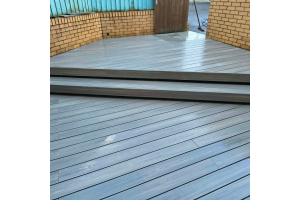SterlingOSB Zero
We stock, and sell, OSB sheet material - 9mm OSB, 11mm OSB, 18mm OSB and 18mm OSB T&G. It is fantastic product which has been enhanced even further. OSB has been renamed SterlinOSB Zero and the main change is the removal of Formaldahyde.
Hopefully most of your questions are answered below - if not then please contact us at [email protected]
Can Sterling OSB Zero be used as a substitute for P5 chipboards flooring?
Yes, in fact OSB3 15mm has the same strength properties as 18mm P5 chipboard flooring. In addition, 18mm OSB3 can be a substitute for 22mm P5.
Can I use Sterling OSB Zero as a floating floor?
Yes, OSB flooring is used successfully throughout Europe. If using a battened floating floor, you must ensure that battens are used for the substructure and are appropriately spaced at 400mm centres for 15mm and up to 600mm for 18mm.
All floating floors will need to use a DPM (damp proof membrane).
Why is OSB referred to as “the natural successor to plywood”
SterlingOSB Zero does everything that softwood plywood does and has many additional benefits:
- OSB is more environmentally friendly
- OSB generally costs slightly less
- OSB is homegrown and is always available
- OSB performs consistently well – plywood has variable performance
- OSB has no core gaps, voids or weak spots
What is OSB?
OSB stands for ‘Oriented Strand Board’ – in layman’s terms this means strands of timber that are laid in cross directional layers and mechanically pressed to form a structurally engineered board. Oriented Strand Board (OSB) is an engineered wood-based panel designed for construction and other industrial use. SterlingOSB Zero or ‘Sterling Board’ as it is often called is one of Europe’s most widely used and trusted structural panels.
Is OSB available as tongue and grooved?
Yes! Our OSB3 board is available in 18mm T&G, ideal for many jobs such as roofing, timber frame and flooring.
Which way up should OSB be laid?
OSB should be laid with the black print side facing downwards.
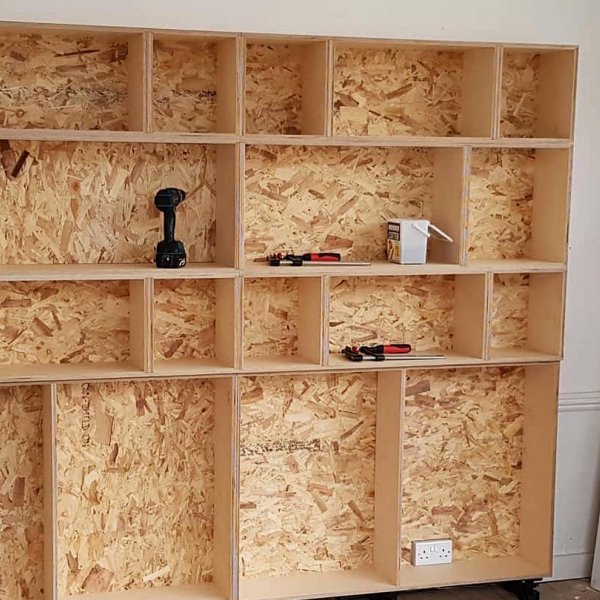
Sterling OSB Zero has zero-added formaldehyde, what does this mean?
The resin now used to bind the flakes of our SterlingOSB Zero boards now contains zero-added formaldehyde. This means the board is “greener” – using less resin and more wood, and safer with less emissions compared to standard OSB.
What’s the difference between the old and new OSB – SterlingOSB Zero?
The technical and physical properties of SterlingOSB Zero are the same as the previous OSB – all meeting standards. SterlingOSB Zero is paler in colour and also significantly smoother on the surface – this means that it no longer needs to be sanded for GRP systems.
What is formaldehyde
Formaldehyde is a naturally occurring substance. It can be added to food as a preservative, and also can be produced as the result of cooking and smoking.
In high doses it is suspected that it may cause cancer.
What does Zero added formaldehyde mean?
Many resins used to manufacture wood panel products are formaldehyde based. SterlingOSB Zero is made with resins that do not contain formaldehyde therefore it’s is more environmentally friendly and consistent.
Does the new SterlingOSB Zero mean the old OSB was bad for you?
Definitely not. The previous SterlingOSB had low levels of formaldehyde and was compliant with formaldehyde Class E1.+
What formaldehyde class does SterlingOSB Zero comply with?
It complies with E1 Formaldehyde classification
Is OSB Moisture resistant?’
OSB3 is moisture resistant, suitable for use in humid conditions. For use outdoors where the OSB will be exposed long-term, a protective varnish or coating should be used to protect the panel.
OSB is made from flakes – is it strong enough/load bearing?
Our OSB3 is BBA certified, OSB3 is certified for load bearing in humid conditions. Manufactured to EN300 and EN 13986.
Can OSB do the same job as plywood?
SterlingOSB Zero can do the same jobs softwood plywood can – including roofing, timber framing, hoarding, boarding up and sheds. OSB has the benefit of having no weak spots and a high board strength thanks to the 50 layers and cross-oriented strands that make up the board.
How many boards are in a pack of OSB?
9mm — 100 boards
11mm – 82 boards
18mm – 50 boards
22mm – 40 boards
Where can I find the Safety Data Sheets/MSDS
Product safety data sheets can be found in the West Fraser resource library, click here to go there now
Can you paint OSB?
Yes, OSB can be painted using oil-based paints.
Does Zero added formaldayhde affect the properties or performance of the board?
No, it does not. The board is made to the same standard (EN300 & EN13986).
The board’s performance remains the same and should be used as it was before.
It is still perfect for structural applications including roofing, flooring, dry lining and timber frames. For more information, click here.
Can you still buy OSB pre-sanded?
No, the new mill produces the boards to a much tighter tolerance and sanding is not required. The new board has a smooth surface which has been tested with various coatings: e.g. GRP (Tuff Stuff & Cure It), rubber and felt, and performs well using the natural board without sanding.
What coating systems should I use with OSB?
When choosing a coating system, the desired longevity, decorative effect and level of maintenance should be considered. Priming and top coating with a spirit based coating, as directed by the manufacturers, will give the highest quality finish. Where the final appearance is less important, water-based products may be used. These may cause some slight swelling of the surface wafers emphasising their outline. Small test areas are recommended and manufacturers’ guidelines on applications should always be followed.
Can I treat the board?
If required SterlingOSB Zero can be treated further to protect against fungal and insect attack. It is recommended that a 3-minute dip cycle rather than a double vacuum cycle should be used in preference to a water-based system.





